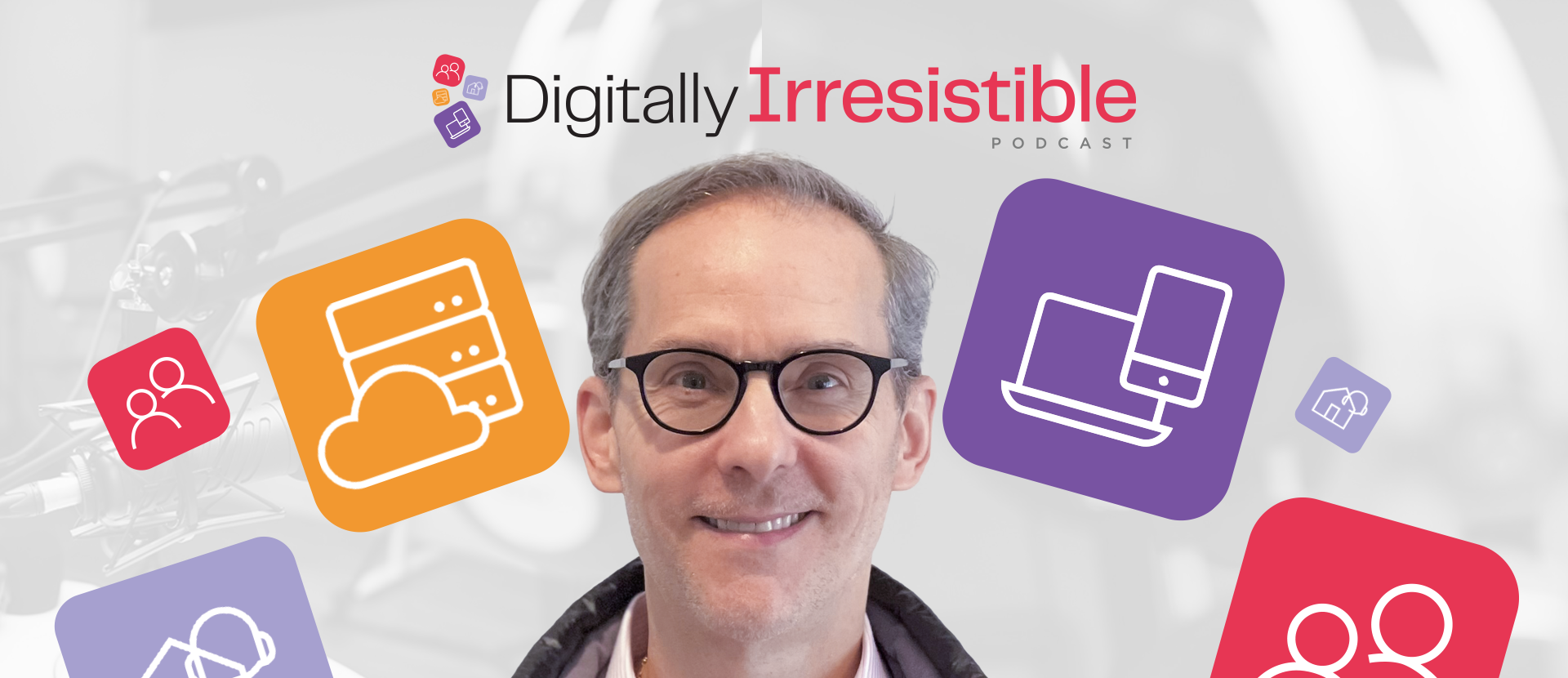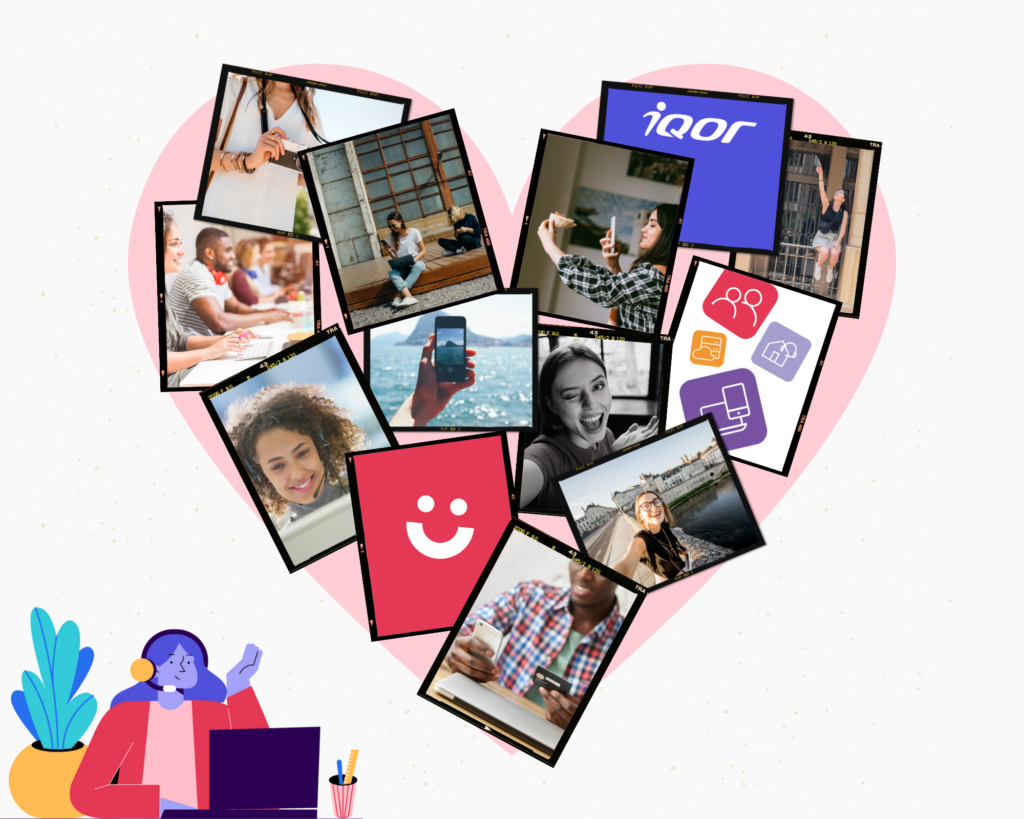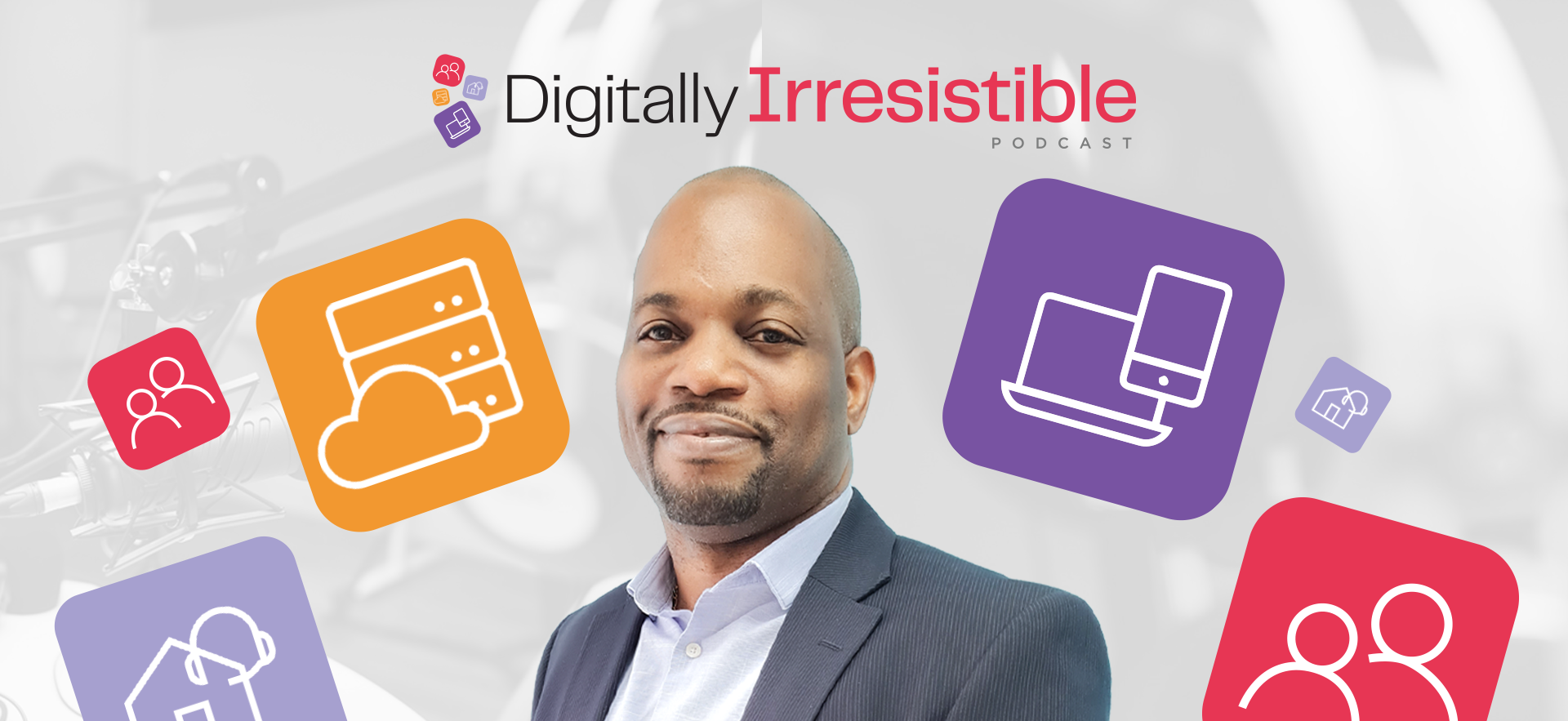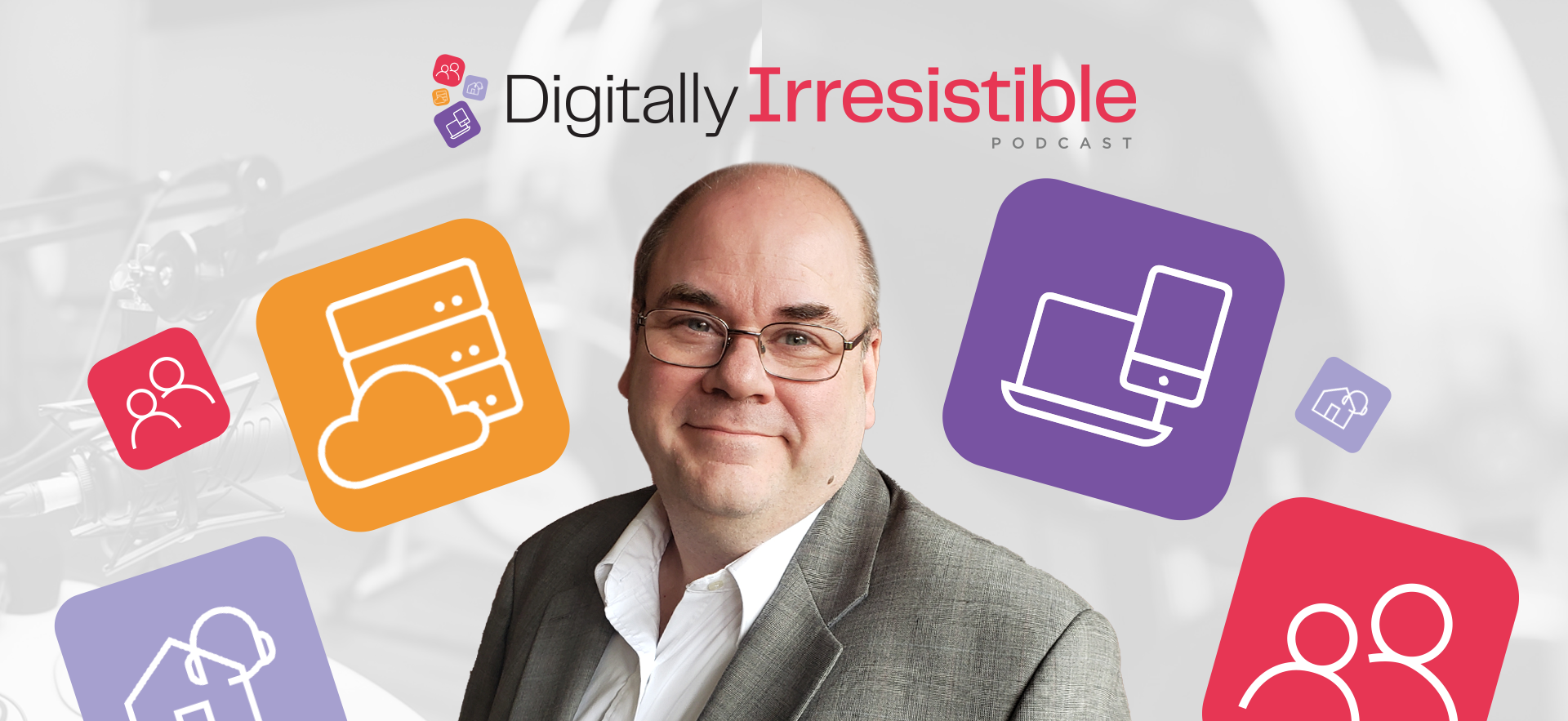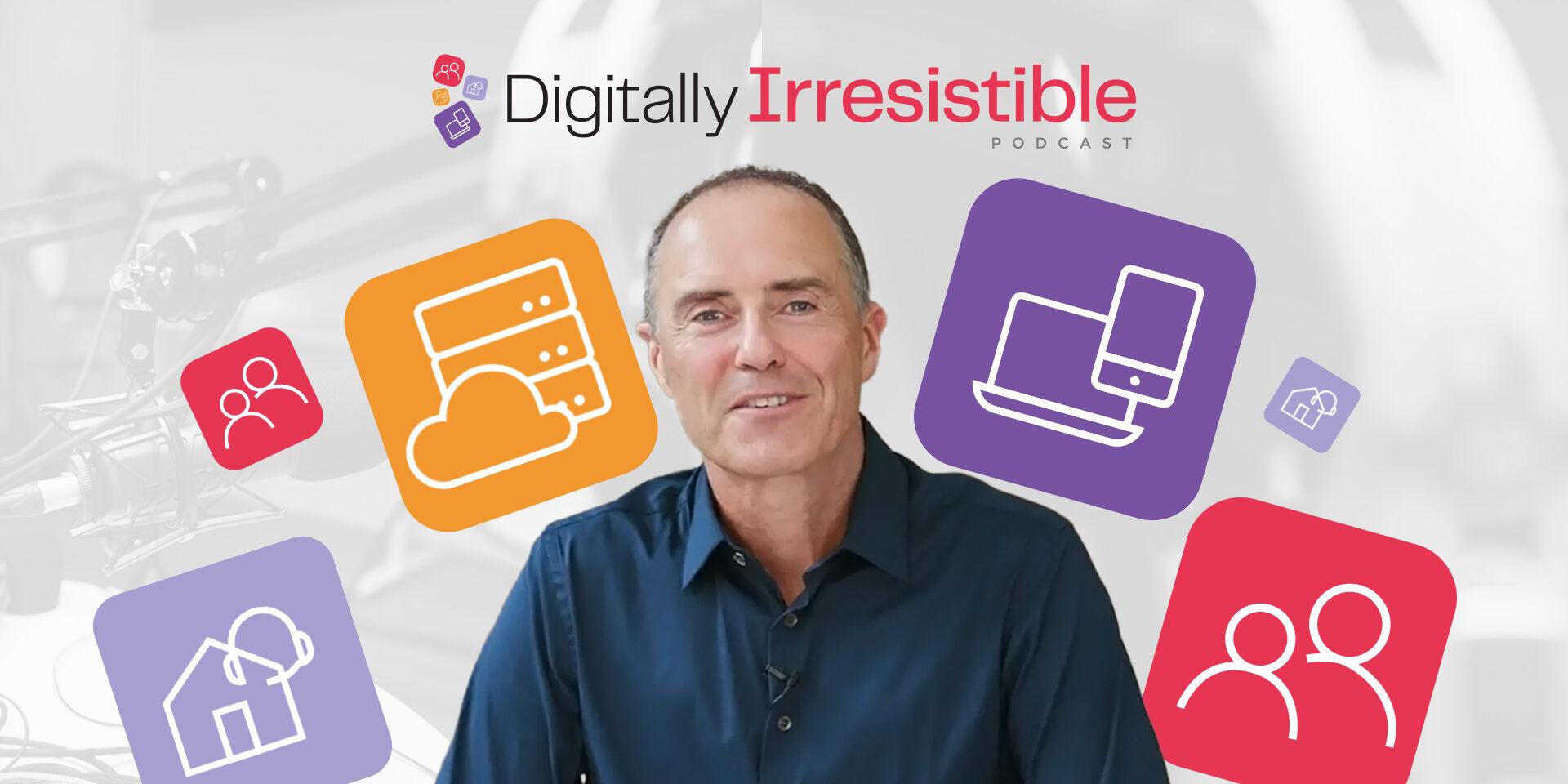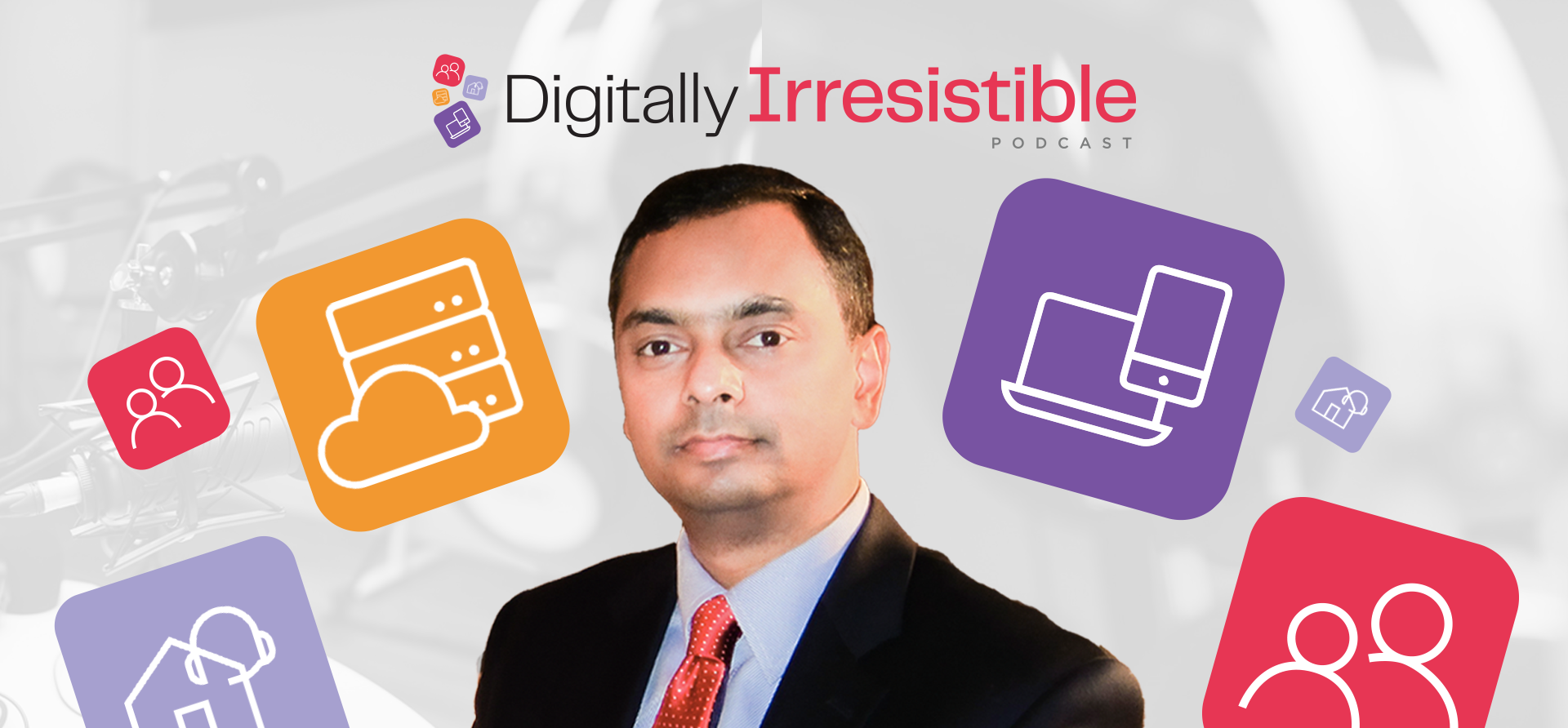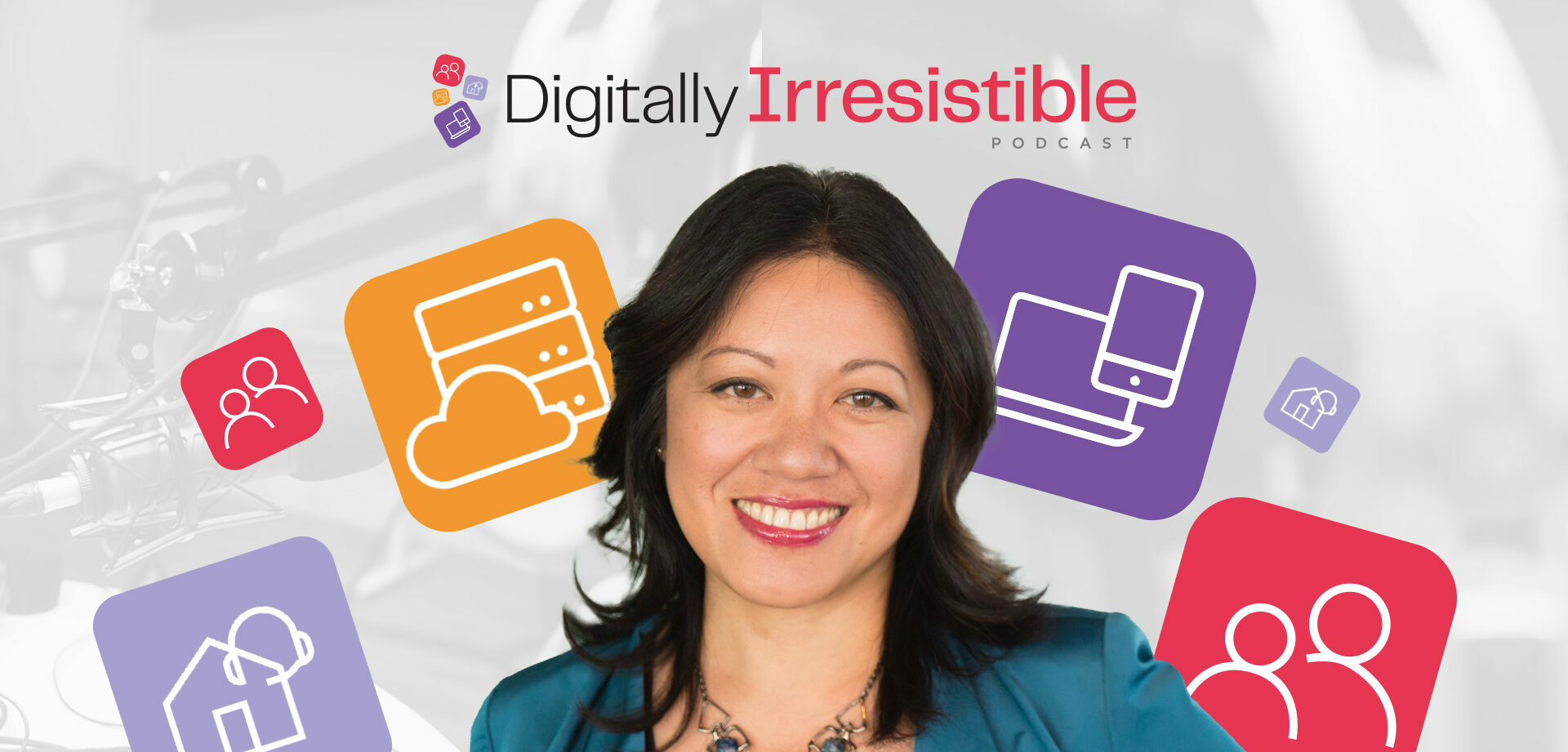Cupid’s Arrow Strikes Real-Time Speech Analytics—The Love Story of Customer Satisfaction and Brand Loyalty.
In today’s competitive business landscape, providing exceptional customer experiences is paramount to success. AI-driven interaction analytics has emerged as a game-changer, empowering businesses with the ability to enhance customer satisfaction, optimize agent performance, and streamline operations. By leveraging the power of data and analytics in real time, brands can gain valuable insights into customer interactions, identify areas for improvement, and make data-driven decisions that promote growth.
Discover 14 compelling reasons why speech analytics should be an integral part of your customer experience strategy. In this blog post, members of iQor’s operations, quality, and training teams across all industries and geographies share their insights into the benefits of iQor’s proprietary speech analytics platform, VALDI, designed by our global team of data science experts. VALDI is an internal tool that’s part of iQor’s digital CX infrastructure comprised of proprietary and commercial technologies focused on improving CX delivery. Read on to explore how a business process outsourcing (BPO) partnership with iQor can unlock the potential of interaction analytics to transform your business and create irresistible experiences that make your customers smile. 
Capturing Hearts With a Customer-Centric Approach
Interaction analytics provides a wealth of information, unveiling a deeper understanding of customer interactions and preferences. This profound knowledge empowers businesses to make informed decisions, capitalizing on opportunities for growth and improvement and tailoring a customer-centric approach. By identifying trends and patterns in customer behavior, brands can anticipate customer needs, proactively address concerns, and optimize strategies to deliver exceptional experiences through personalized customer engagement that ensures customer satisfaction and loyalty.
For example, by analyzing omnichannel customer interactions, a BPO like iQor can transform raw data into actionable insights to anticipate customer behavior, identify common customer pain points, and boost agent effectiveness. This information can be used to develop targeted solutions that improve the overall customer experience. Interaction analytics can also be used to track customer satisfaction levels over time and identify trends to guide improvements.
Imagine identifying customers at risk of abandoning your brand and proactively taking steps to retain them or recognizing consumers poised to make a purchase and seizing the opportunity for upselling or cross-selling complementary products. Interaction analytics empowers businesses to tap into these opportunities, maximizing revenue potential and fostering customer loyalty.
Building Everlasting Love Through Empowered Frontline Agents
AI-driven interaction analytics like iQor’s VALDI can also be used to empower frontline agents by providing them with specific feedback and coaching to improve performance in real time. Speech analytics can also be used to provide agents with customizable dashboards and reports for personalized insights. This information can help agents track their performance, identify areas for improvement, and learn best practices from their peers.
Additionally, interaction analytics can help identify and reward top performers. One way this can be done is through gamification techniques, such as leaderboards and rewards, to motivate agents. This can help motivate agents and create a culture of excellence within the contact center.
iQor’s Symphony [AI]TM ecosystem further augments agent performance throughout the employee lifecycle, offering forward-thinking strategies to keep employees smiling and delivering exceptional customer service. This next-generation AI ecosystem combines advanced machine learning models with iQor’s years of accumulated process knowledge to optimize the employee experience from first contact with recruitment through the years of customer service experience they build on the production floor.
Matchmaking for Operational Efficiency
By leveraging interaction analytics to examine customer interactions, businesses can identify bottlenecks, inefficiencies, and areas for improvement. This data-driven approach empowers businesses to make informed decisions, implement targeted improvements, and streamline processes for customers and employees alike.
Furthermore, interaction analytics plays a crucial role in optimizing workforce management. By analyzing historical data and identifying patterns in customer demand, we can accurately forecast call volumes and allocate resources accordingly. This ensures adequate staffing levels, minimizes wait times, and provides a consistent and high-quality customer experience.
Interaction analytics serves as a powerful tool to drive operational excellence. By leveraging its insights, we can enhance customer experiences, increase agent productivity, optimize workforce management, and ultimately achieve strategic objectives.
Interaction analytics serves as a powerful tool to drive operational excellence. By leveraging its insights, we can enhance customer experiences, increase agent productivity, optimize workforce management, and ultimately achieve strategic objectives.
14 Reasons to Love Interaction Analytics
Here’s a sampling of why iQor’s teams feel great about VALDI, iQor’s proprietary interaction platform that offers customizable insights that drive performance excellence and optimal CX results. 
- “I love VALDI for its accuracy in client audits, coaching capabilities, KPI flagging, and robust reporting tools. VALDI’s PCA feature for agent productivity and its DSL option for accurate word analytics is amazing. The seamless integration of coaching data with quality tools makes it a user-friendly platform for streamlining auditing and quality compliance processes.” – Manager, Quality
- “VALDI is a value-add, offering real-time insights into customer pain points and feedback through advanced analytics. Operations employees armed with VALDI have a competitive advantage—they can identify trends and fine-tune processes in collaboration with clients for unparalleled customer satisfaction.” – Manager, Operations
- “Thanks to VALDI analytics, operations teams and clients gain valuable insights into consumer behavior, leveraging data to identify trends, understand customer sentiment, and detect pain points. This advanced platform provides operational intelligence and enhances collaboration, ensuring a collective effort to deliver the best possible experience in a customer-centric environment.” – Manager, Operations
- “I love the user-friendly interface and diverse filtering options in VALDI that help us pinpoint specific call types efficiently, empowering us to extract meaningful data.” – Manager, Quality
- “I love VALDI because I can easily look for specific details by simply going to the filter button. The transcript option also helps me understand more about the conversations between our agents and customers.” – Analyst, Quality
- “VALDI is very convenient to use. I love the transcripts and the detailed call information that is easy to find. VALDI filters are very convenient and drive improvement.” – Analyst, Quality
- “I like VALDI because of its easy navigation and efficient filtering options. Its keyword search feature simplifies the process of locating specific calls.” – Manager, Operations
- “VALDI ensures I can gather all the necessary call details such as NTT, masking, agent surveys, and other information that provides better insights regarding the agent’s call.” – Supervisor, Operations
- “VALDI is a powerful tool that increases efficiency when reviewing and extracting information from call recordings. From sentiment detection to topic tagging combined with a user-friendly search and filtering tool, VALDI enables us to quickly drill down into the details of customer interactions without involving technical staff. The voice-to-text transcripts identifying conversations between the agent and customer make any QA team fast and effective, allowing for a rapid review of information and the ability to further filter searches based on keywords. Through the use of this tool, my team can identify trends and behaviors impacting metrics performance. Providing timely guidance to our coaches has enabled us to set new performance records on metrics like NPS and customer satisfaction.” – Director, Training and Quality
- “VALDI interaction analytics is the key to understanding customer needs, optimizing workflows, and delivering a seamless customer experience. It empowers our operations teams to uncover hidden insights within customer conversations, driving operational efficiency and enhancing service delivery.” – Manager, Operations
- “I love VALDI because it makes my work easier. I can filter calls for a specific supervisor down to individual agents. It also saves time when you’re looking for a certain call that needs to be evaluated since there’s a special feature you can use to find that call promptly.” – Analyst, Quality
- “I love VALDI because of its actionable intelligence and the value it provides to enhance the customer experience. Its analytics help us identify trends, successes, and even pain points. And, of course, it is user-friendly!” – Manager, Quality
- “I love that VALDI makes it easy for us to search the agent’s call. We can filter by name or supervisor and then find the calls we want to listen to. It helps us manage our time so we can more quickly identify agent behaviors that need coaching to ensure excellent customer service.” – Analyst, Quality
- “VALDI is more than interactions analytics. It’s an innovative and reliable tool that turns data into business intelligence that operations teams can leverage to improve customer service. VALDI guides iQor’s operations teams toward proactive data-driven decision making and continuous improvement, customized for each program’s needs.” – Manager, Leadership Development
Interaction Analytics Is the Sweetheart of Excellence
iQor’s years of experience supporting clients in all industries have earned it a reputation for innovative strategic outsourcing solutions and ease of doing business. Our digital transformation strategies and cutting-edge customer insights help businesses achieve KPI targets and deliver more positive customer experiences.
We integrate AI across platforms and processes to maximize success for our clients while maintaining the human element for optimal customer experiences. 
AI plays a significant role in advanced data analytics, helping businesses anticipate customer needs and preferences by analyzing substantial amounts of data. VALDI—an essential part of our digital CX infrastructure—mines customer interactions for data that provides actionable real-time insights for optimizing customer service quality.
Experience the Best in Speech Analytics
iQor is ideally suited to help brands create amazing customer experiences. As a managed services provider of customer engagement and technology-enabled business process outsourcing (BPO) solutions, iQor provides a comprehensive suite of full-service and self-service scalable offerings that are purpose-built to deliver enterprise-quality CX.
iQor’s proprietary speech analytics platform uses a combination of cloud computing, machine learning, and artificial intelligence to extract every customer interaction for actionable data insights delivered as a custom solution with outsourced CX services.
Our expert teams collaborate every step of the way to develop a comprehensive AI strategy that propels your customer service into the future with AI-powered agents, in-app messaging, and intelligent analytics that create irresistible customer and frontline employee experiences.
Our award-winning CX services include:
- A global presence with 40+ contact centers across 10 countries.
- Decades of experience optimizing business processes for brands across industries and a reputation for ease of doing business.
- Our Symphony [AI]TM next-generation ecosystem for optimizing agent recruitment, training, nesting, onboarding, and ongoing performance and compliance.
- A CX private cloud that maximizes performance and scales rapidly across multiple geographies on short notice.
- A partnership approach where we deploy agents and C-level executives to help maximize your ROI.
- The perfect blend of intelligent automation for scale and performance coupled with an irresistible culture comprised of people who love to delight your customers.
- Virtual and hybrid customer support options to connect with customers seamlessly, when and where they want.
- The agility to launch a customer support program quickly, even when you need thousands of agents ready to support your customers.
- A best-in-class workforce management team and supporting technology to create a centralized organization that can better serve your entire business.
iQor helps leading brands deliver the world’s most sought-after customer experiences. Interested in learning more about the iQor difference? If you’re ready to reshape your customer service strategy with the optimal mix of AI and human performance excellence, start a conversation with one of our CX experts.
Nicole Gobbo is director of communications at iQor. Connect with Nicole on LinkedIn.







